The Amazon rainforest is often called the “lungs of the Earth,” but it could just as easily be described as nature’s most dangerous playground. Beneath the lush canopy and winding rivers lurks an array of predators that are as fascinating as they are fearsome. Some are well-known, while others are obscure creatures you’d never expect to pose a threat. Here’s a deep dive into 15 of the Amazon’s most formidable predators, ranked from the lesser-known terrors to the iconic ones we all recognize. Enter the jungle at your own risk!
1. Goliath Birdeater
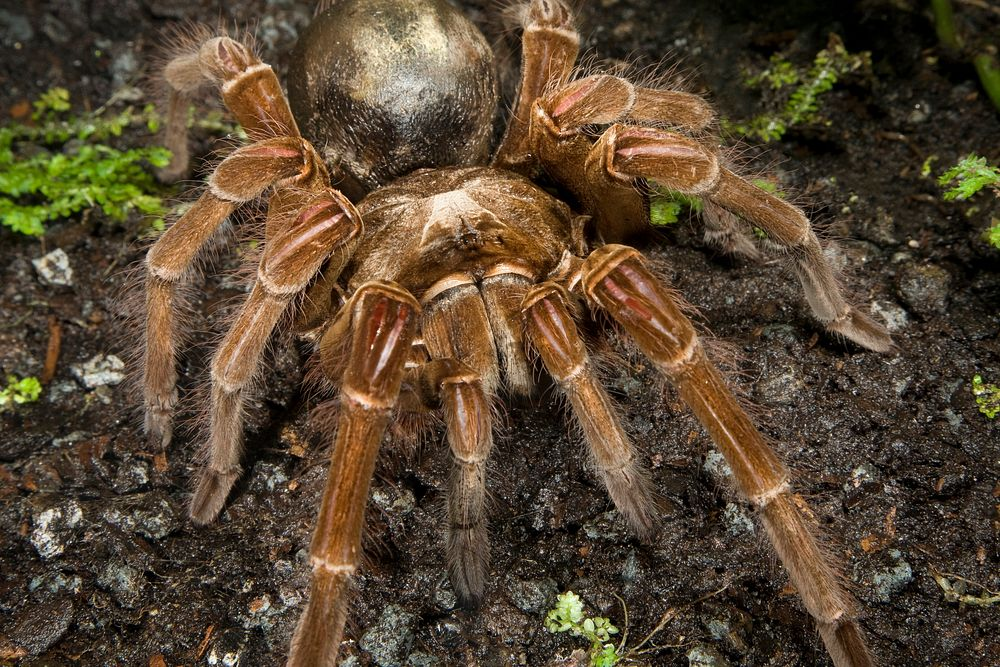
Rawpixel
The Goliath birdeater, the largest spider in the world, is an eight-legged nightmare straight out of the Amazon rainforest. Despite its name, it doesn’t primarily eat birds—though it’s certainly capable. Instead, this giant tarantula preys on insects, rodents, and even small amphibians. With a leg span of up to 12 inches, its sheer size is intimidating enough, but its fangs, which can inject venom, add another layer of terror. While its venom isn’t lethal to humans, the pain and swelling from a bite are enough to leave a lasting impression. Encountering one in the wild is not for the faint of heart.
2. Bullet Ant

Wikimedia Commons
The bullet ant might be tiny, but its bite packs a punch—arguably the most painful in the insect world. Native to the Amazon rainforest, these ants deliver a venomous sting that feels like being shot, hence their name. The pain can last for 24 hours and is accompanied by swelling, nausea, and trembling. While they don’t actively hunt humans, stumbling into a colony could result in a swarm attack. For many indigenous tribes, surviving a bullet ant sting is a rite of passage, but for most, it’s an experience worth avoiding.
3. Giant Water Bug

Needpix.com
Don’t let its size fool you—giant water bugs are small but lethal hunters. Known locally as toe-biters, these aquatic insects have a nasty reputation for their painful bites and voracious appetite. With pincers that inject a paralyzing enzyme, they’re capable of taking down prey much larger than themselves, including small fish, amphibians, and even snakes. While they won’t actively hunt humans, a careless step in their habitat could result in a bite that leaves you writhing in agony. These bugs are proof that danger in the Amazon doesn’t always come in large packages.
4. Candiru Fish
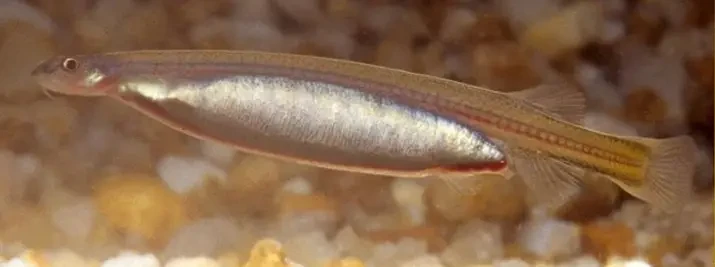
Animalia
The candiru fish is infamous for its nightmarish reputation, and it’s not without reason. This tiny, parasitic catfish, sometimes called the “vampire fish,” is drawn to bodily fluids, including blood. While most stories about candiru involve myths, it’s true that they’ve been known to enter human orifices if given the chance, causing extreme pain and medical emergencies. Typically, they feed on the gills of larger fish, but their preference for small, enclosed spaces has earned them a terrifying reputation. Avoiding them is simple—don’t take a dip in unfamiliar waters without proper precautions.
5. Amazonian Giant Centipede
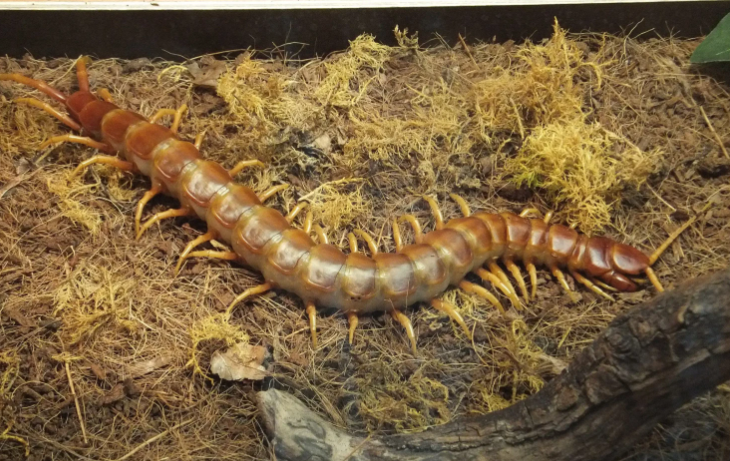
Animalia
This creepy crawly is the stuff of nightmares. Growing up to a foot in length, the Amazonian giant centipede is one of the largest and most aggressive centipede species on Earth. Its venomous bite can paralyze prey such as birds, frogs, and even bats, which it can catch mid-flight. Though they rarely attack humans, a bite can cause excruciating pain, swelling, and nausea. Their appearance alone—long, segmented, and bristling with legs—makes them a creature many would rather avoid. If you’re camping in the Amazon, check your sleeping bag carefully before crawling in.
6. Black Caiman
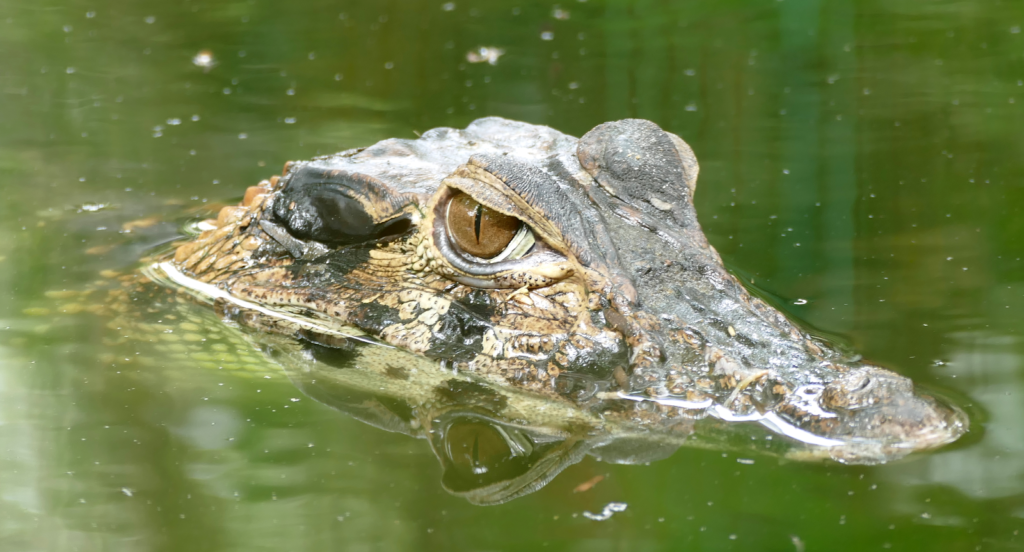
Wikimedia Commons
The black caiman is a formidable predator lurking in the Amazon’s murky waters. A cousin of the alligator, this massive reptile can grow up to 20 feet long, making it one of the largest crocodilians in the world. Its sharp teeth and powerful jaws are capable of crushing bones with ease. While they primarily hunt fish, capybaras, and other animals, they’ve been known to target humans who venture too close to their territory. Their stealth and strength make them apex predators, and encountering one is a chilling reminder of how the Amazon remains untamed.
7. Electric Eel
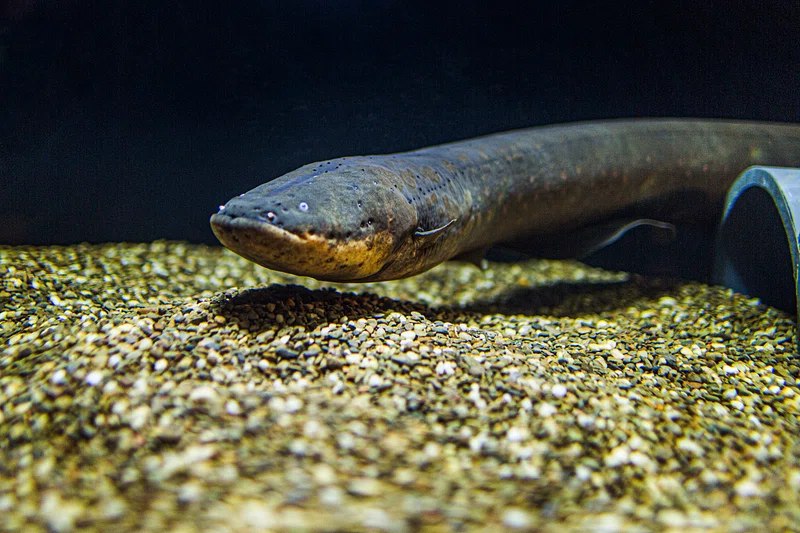
Rawpixel
The electric eel is more shocking than scary—literally. Found in the murky waters of the Amazon, these long, snake-like fish can generate electrical discharges of up to 600 volts. While their shocks are mainly used for hunting and self-defense, they’re powerful enough to incapacitate or even kill a human. What makes them particularly dangerous is their ability to deliver multiple shocks in rapid succession, leaving their victim disoriented in the water. Swimming in areas where electric eels live is a gamble you probably don’t want to take.
8. Green Anaconda

Flickr
While the green anaconda is well-known, it’s still one of the Amazon’s most terrifying predators. These massive snakes, which can reach lengths of up to 30 feet and weigh over 500 pounds, are the heaviest in the world. Unlike venomous snakes, anacondas rely on constriction to subdue their prey. Once they’ve wrapped around their target, escape is nearly impossible. Although they rarely attack humans, there have been reports of anacondas preying on large mammals, reminding us of their immense power. Seeing one in the wild is awe-inspiring, but it’s best admired from a distance.
9. Red-Bellied Piranha
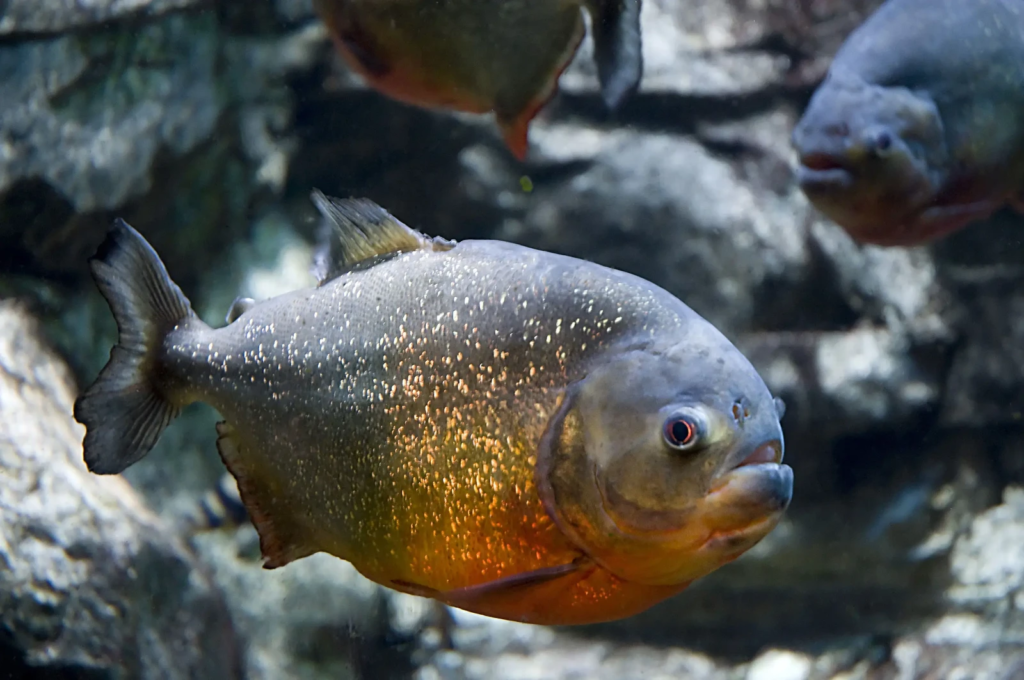
Animalia
Red-bellied piranhas are the face of Amazonian terror, often depicted in movies as ravenous killers. While they’re not the man-eaters Hollywood makes them out to be, their sharp, serrated teeth can inflict serious damage. These fish often hunt in packs, tearing apart prey much larger than themselves in a feeding frenzy. They’re particularly aggressive during the dry season when food is scarce. While attacks on humans are rare, they’re not unheard of, especially if someone is injured or bleeding in the water. A school of piranhas is a reminder that the Amazon’s rivers are as dangerous as its forests.
10. Jaguar
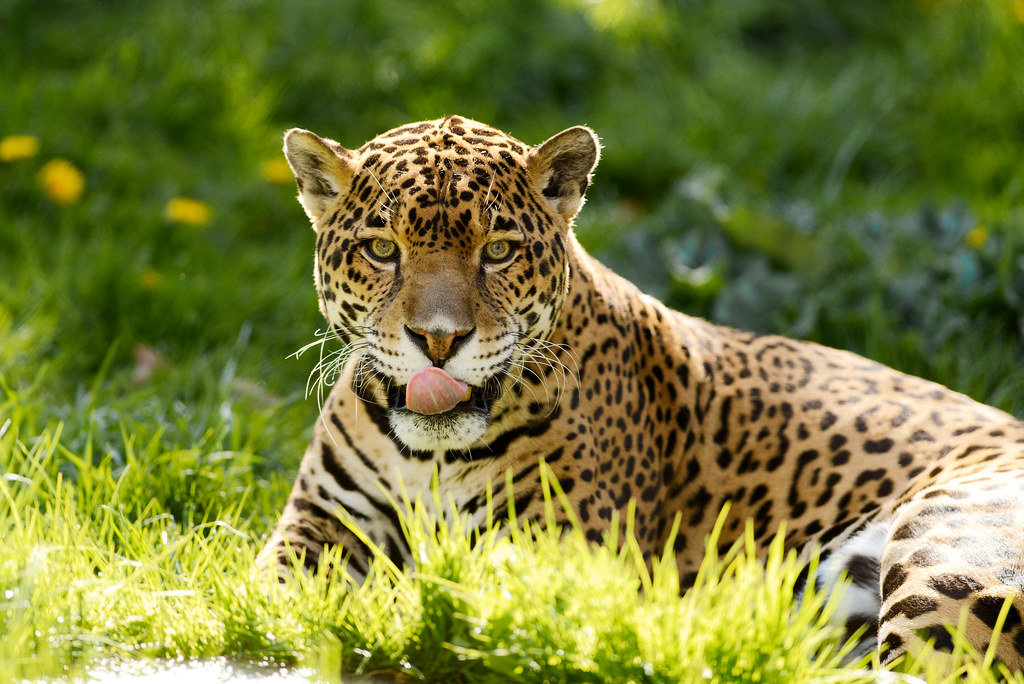
Flickr
The jaguar is the undisputed king of the Amazon jungle. As the apex predator of South America, this powerful big cat is an expert hunter with a unique killing method—it bites directly through the skull of its prey. Jaguars are stealthy, territorial, and extremely strong, capable of taking down animals as large as caimans and deer. Although they tend to avoid humans, they’ve been known to attack if provoked or if their habitat is threatened. Encountering a jaguar in the wild is rare, but it’s an experience that would leave anyone in awe of their majestic power.
11. Pacu Fish
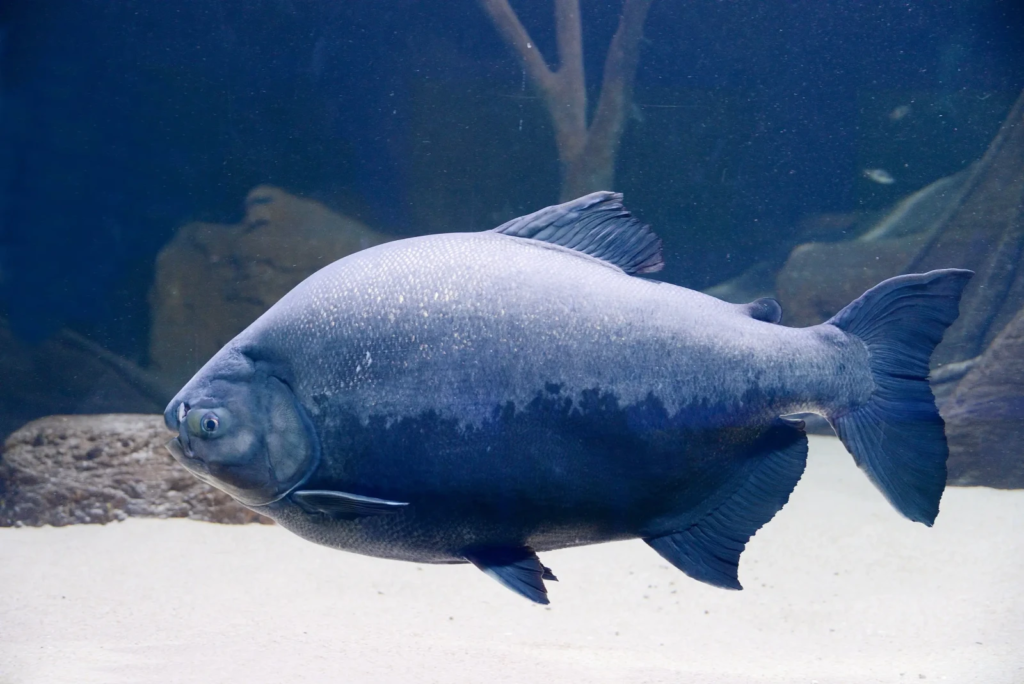
Animalia
At first glance, the pacu fish might seem harmless with its rounded body and flat teeth, but don’t be fooled—this relative of the piranha has a sinister reputation. Its teeth, eerily similar to human molars, are designed for crushing nuts and seeds, but they’ve been known to cause serious injuries to unwary swimmers. In some parts of the Amazon, pacus have been linked to attacks on humans, especially when provoked. While they’re not as aggressive as piranhas, their strength and powerful bite earn them a place on this list of creatures you’d rather not encounter in the wild.
12. Giant Otter

Animalia
The giant otter might look playful and cuddly, but this apex predator of the Amazon’s waterways is anything but. Growing up to six feet long, these otters hunt in packs and have a reputation for taking down formidable prey, including piranhas and caimans. Known locally as river wolves, they’re highly territorial and can become aggressive if they feel threatened. While attacks on humans are rare, their sharp teeth and fearless nature make them a predator to be respected. Watching a group of giant otters in action is a reminder of the raw power that lies beneath their endearing appearance.
13. Tarantula Hawk Wasp

Flickr
The tarantula hawk wasp is a winged terror that lives up to its name. With a sting described as one of the most excruciating in the insect world, this wasp is built for battle. Its primary prey is tarantulas, which it paralyzes with its venom before dragging them to its nest as food for its larvae. While they don’t typically target humans, their sting is unforgettable, leaving a burning sensation that can last for hours. The tarantula hawk wasp is a reminder that even the smallest creatures in the Amazon can leave a big impression.
14. Piracucu (Arapaima)
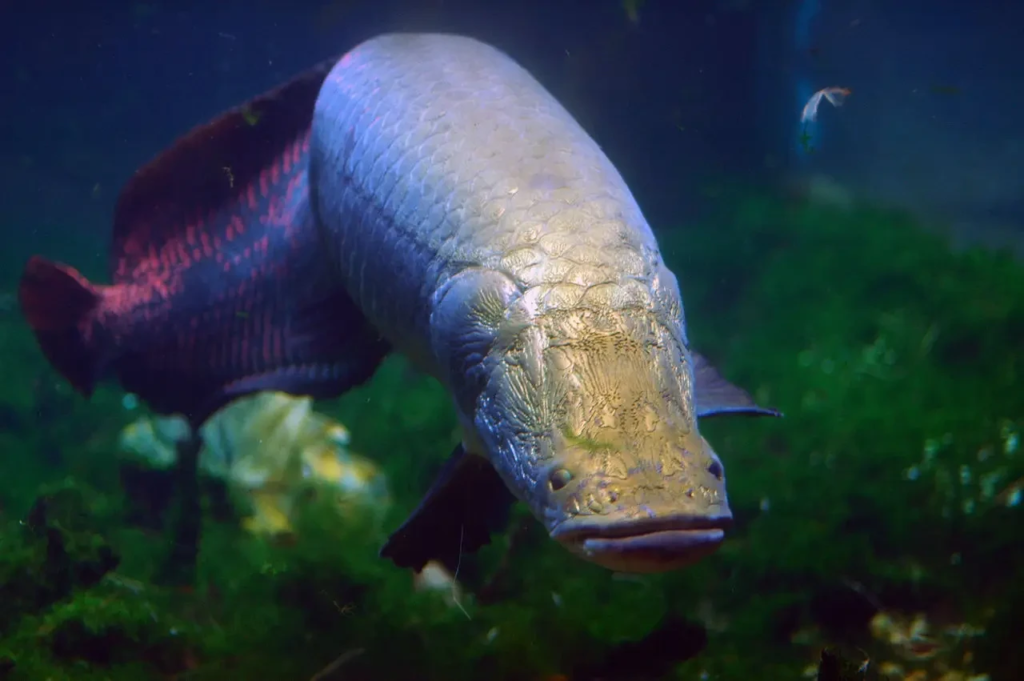
Animalia
The pirarucu, also known as the arapaima, is one of the largest freshwater fish in the world, growing up to 10 feet long and weighing over 400 pounds. These massive predators inhabit the Amazon’s slow-moving waters and are powerful enough to leap out of the water to snatch prey. While their diet primarily consists of fish, their sheer size and strength make them a potential threat to humans, particularly fishermen. Known for their thick, armor-like scales, pirarucus are as fascinating as they are intimidating, embodying the mystery and power of the Amazon’s waterways.
The Amazon rainforest is as beautiful as it is dangerous, teeming with creatures that both captivate and terrify. From tiny insects with venomous stings to massive predators that dominate the waterways, each of these animals plays a vital role in the ecosystem. While the idea of encountering these creatures might send shivers down your spine, they also highlight the Amazon’s untamed beauty and diversity. Visiting this wild paradise requires caution and respect, but it offers a rare glimpse into a world where nature truly reigns supreme. So, would you dare to explore the Amazon?


